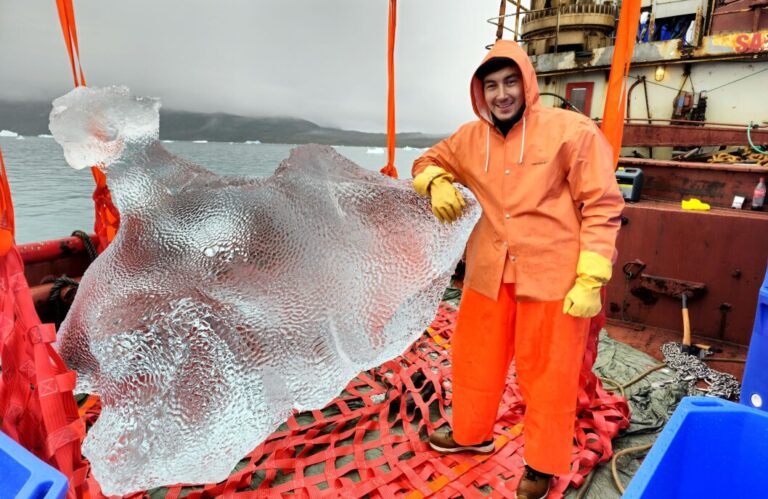Rethinking Greenland’s Water and Ice Export Strategy
Since 2017, the Naalakkersuisut has harbored ambitious plans to boost the export of Greenland’s pristine water and ice. Unfortunately, the road to success has proven rocky, and the industry has yet to achieve the growth that many had envisioned.
In response to these challenges, the Ministry for Industry, Raw Materials, Energy, Justice, and Gender Equality is unveiling a new strategy, paired with a forthcoming revision of existing laws. This initiative aims to establish a more cohesive framework that could foster growth in the water sector.
The potential is undeniable; Greenland sits atop vast reserves of glacier water and ice, both of which hold promise for export. However, questions remain: How can this resource be effectively commercialized?
Streamlined Processes Ahead
The new strategy outlines three key focus areas. First, there will be a comprehensive review and optimization of current legislation, including proposals for a revised royalty structure. Second, the ministry plans to simplify case processing, making it easier for businesses to apply for the necessary licenses. Lastly, a conducive environment will be cultivated to attract investors and entrepreneurs to the field.
The strategy emphasizes both glacier water as a premium product and the potential for bulk water, highlighting the growing global demand. In a marketplace dominated by countries like France, Italy, and Switzerland—known for their bottled water exports—Greenland must enhance its marketing and branding efforts. A focused branding strategy and a labeling scheme centered on quality and origin are key components of this plan.
Infrastructure Improvements Targeting the U.S. Market
Experience has shown that initiating production in Greenland can be both challenging and costly, primarily due to expensive logistics. To combat this, the strategy calls for significant improvements to the infrastructure and container transport options that would facilitate exports to the American market.
“Exports of ice and water will undoubtedly benefit from enhanced infrastructure,” the strategy states.
In 2024, Arctic Ice successfully exported glacier ice from Nuup Kangerlua to Dubai. Despite this achievement, the broader export landscape remains largely uncharted, prompting the department to introduce a fresh strategy alongside legal reforms aimed at attracting more businesses to the industry.
Photo: Arctic Ice
The Current Landscape
At present, various Greenlandic and foreign companies hold licenses for feasibility studies or exploitation permits, yet only five currently possess exploitation licenses. One such company, Arctic Ice, made headlines in 2024 when it exported glacier ice from Nuup Kangerlua to Dubai under the leadership of Ilannguaq Lennert Olsen.
Another key player is the Glacier Water Company, led by Jørgen Wæver Johansen. This company produces bottled water branded as Imivik, which is available in Greenland but has struggled to penetrate international markets.
New Entrants on the Scene
Among the licensed companies is a foreign-owned entity, the Dutch-based Glacier Water Company, which has yet to commence exports. Additionally, a new competitor, Arcticulture ApS, recently secured a license for Langsø at Kangilinnguit. This company is backed by notable figures, including former Nuuk City Development director Jens B. Frederiksen, former Greenland Minerals director Johannes Kyed, and accountant Jan Richard.
The anticipation is building around the expected new legislation for the water and ice sector, set to be presented to the Inatsisartut during the 2026 spring session. Following its review, a refined guide to case processing will also be developed.
In the ever-evolving landscape of international trade, Greenland’s water and ice export ambitions may yet find their footing, provided that the resource’s unique allure is successfully matched with strategic commercialization efforts.
